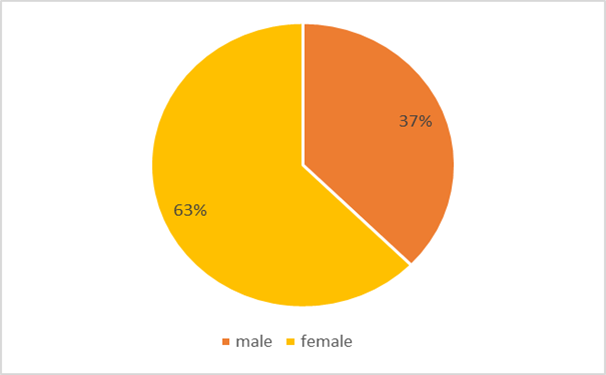KNOWLEDGE AND PERCEPTION OF PHYSICAL THERAPIST TOWARDS THE USE AND BARRIERS OF FUNCTIONAL ELECTRICAL STIMULATION IN STROKE REHABILITATION
DOI:
https://doi.org/10.71146/kjmr537Keywords:
Functional Electrical Stimulation, Stroke , Knowledge , Use, Barrier, FacilitatorAbstract
Background: Clinical guidelines for stroke rehabilitation recommend the use of Functional-Electrical-Stimulation (FES) to enhance gait and upper extremity function. However, it is unclear whether these guidelines are being effectively implemented in clinical practice.
Aims/objective:This survey aims to achieve two main objectives: (1) Determine the frequency with which physical therapists employ FES to address common therapeutic goals for stroke patients. (2) Assess the level of knowledge among physical therapists regarding the scientific evidence supporting the use of FES in post-stroke rehabilitation and identify the barriers and also the facilitators that influence the utilization of FES.
Methods: A valid and well founded survey was administered to physical therapists working in various clinical settings in Karachi. The survey included numerous questions related to demographic characteristics, FES usage, familiarity with FES literature, and perceived barriers and facilitators. Closed-ended questions were also analyzed by using descriptive statistics and index scoring to generate summary scores. The Wilcoxon non-parametric test and independent t-test were employed to assess the relationship between FES usage and demographic variables.
Conclusion: The utilization of FES in stroke rehabilitation is not widespread among the majority of physical therapists. Approximately half of the respondents have access to FES devices and express a desire to increase their use in their healthcare settings.
Downloads

Downloads
Published
Issue
Section
License
Copyright (c) 2025 Dr. Erum Tanveer, Dr. Vinod Kumar, Muzdalfa Qureshi, Shahreen , Zainab Iqbal , Dr. Hamza Ahmed (Author)

This work is licensed under a Creative Commons Attribution 4.0 International License.






